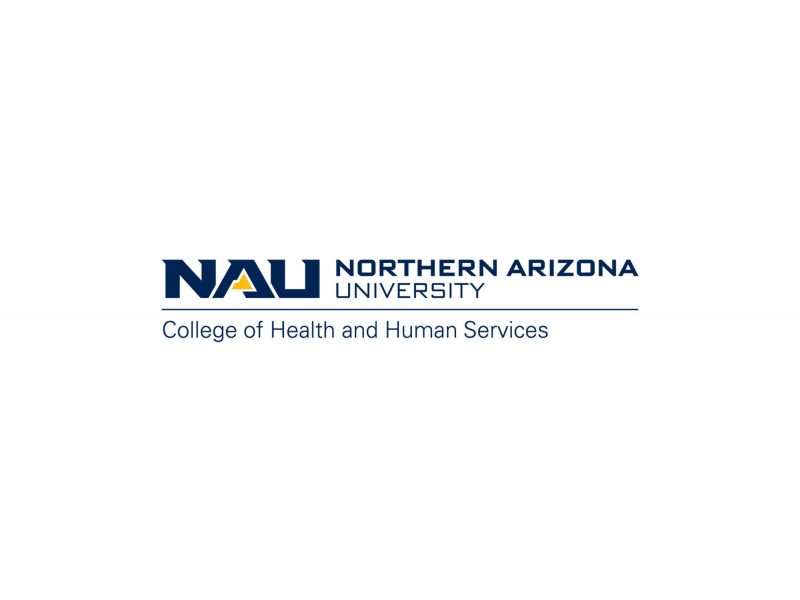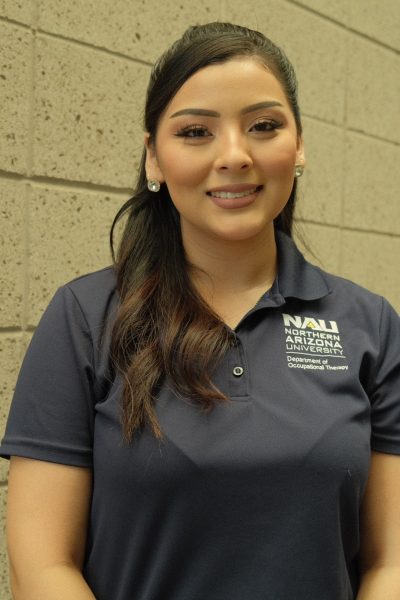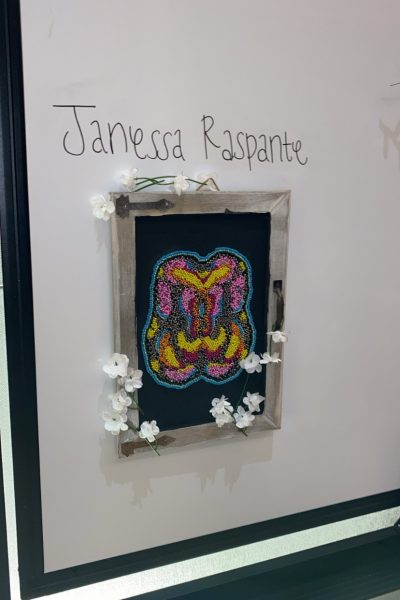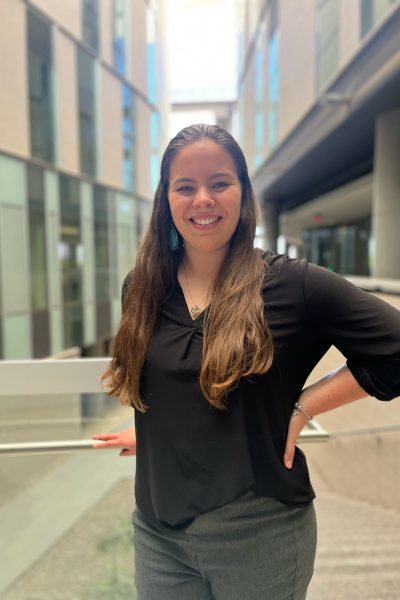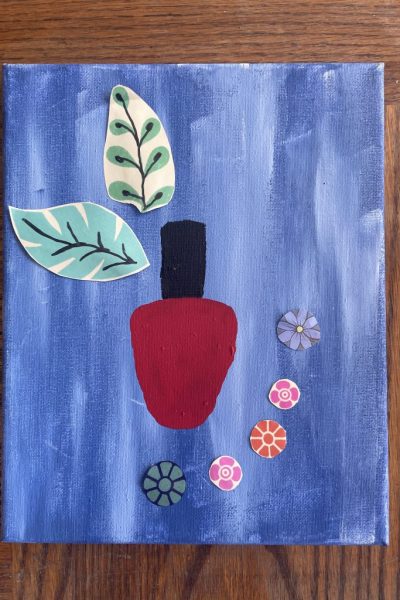Advancing understanding, deepening empathy: NAU’s Human Anatomy class begins again this fall
When Janessa Raspante reflects upon what inspired her to pursue a career in occupational therapy, she can point to several influential experiences that subtly led her to this path. She was inspired by her high school anatomy teacher, an experienced physical therapist, who first introduced her to the possibility of majoring in exercise and wellness when she got to college. While pursuing that degree at Arizona State University, she discovered her true calling and began her doctorate in NAU’s occupational therapy program last year.
During her time with the program, she has had what she calls “the honor” of working with a donor body in NAU’s Human Anatomy class. Donors are commonly called cadavers, people who donate their bodies to educate future healthcare professionals. OTs prefer the term donor, however, to respect their gift.
During this anatomy class, which begins again later this month, occupational therapy, physical therapy, and physician assistant students work side by side to learn about the interconnected nature of the human system. The class emphasizes just how unique each human body truly is, something that cannot be fully appreciated with a textbook or a traditional lesson. And the gift that a donor bestows upon the students is not lost on them. At the end of each semester in the class, students seek to express their appreciation by reflecting on their experience with their respective donors through an art piece, something Raspante had the opportunity to be a part of.
Raspante’s artwork was inspired not only by her experience in the class, but also by her multicultural background. Her piece involved the use of beads. The process of creating the art helped deepen her appreciation of her donor and the human body. “Creating the art and engaging with the beads themselves made me think of how each body system interacts and impacts the other, and that each body is different, not in a negative or positive way. It helped me see how that should be considered when treating patients,” Raspante commented.
Another occupational therapy student who participated in the class is Ayanna Ravia. She, too, reflected on her experience through art at the semester’s end. The medium she chose for her piece was red paint—red nail polish specifically—as a nod to her donor’s red toenail polish.
“While I practiced empathy and understanding for my donor, seeing her painted toenails for the first time is an image that will stay with me throughout my career and life. Her painted toes represented her personality, which allowed me to feel more connected to her,” Ravia said.
Ravia’s experience in the anatomy class deepened her understanding of the inner workings of nerves and muscles and helped propel her into a new plane of understanding about the human body; however, it was the lesson on empathy that proved to be most meaningful.
“It really hit home that these donors were individuals. They were people with families, stories, and a legacy,” she said. “The striking image of red nail polish on my donor represents in microcosm this very thing; it allows for one to truly appreciate that these are people who laughed, cried, and smiled just like the rest of us, and who are sorely missed by their loved ones.”
Raspante and Ravia’s firsthand experiences in the class highlight the beauty and complexity of not only the human body, but the human experience. Each person is a unique vessel that carries more than just the anatomical bindings that make it work, become injured, and heal. These students have the unique and powerful experience of working with a donor who has enriched their academic and empathic understanding beyond what they would be capable of through books or online modules. These individuals who selflessly contribute to the advancement of medical education are deeply appreciated, and people like Raspante, Ravia, and countless others owe their understanding to these generous donors.
